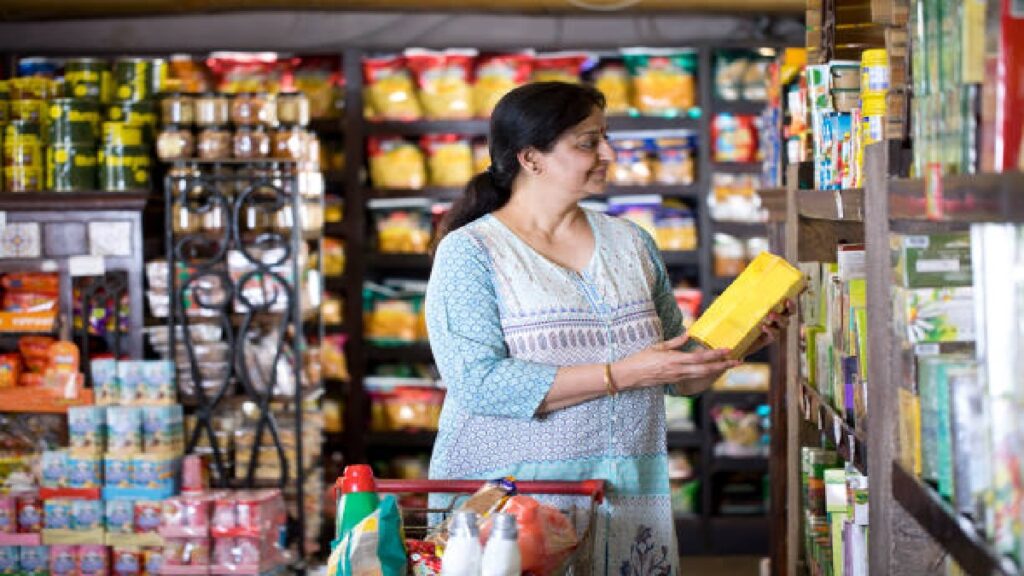Dearness
Economists believe that existing retail inflation figures do not present the real picture of inflation, as it is based on the old consumer expenditure survey (2011–12). He says that this survey should be updated as soon as possible to properly assess the actual cost of living. According to government data, the retail inflation in April has come down to 3.16%, which is the lowest level of about six years, but the experts consider it an incomplete picture, given the increasing expenses on education, health and other items.
Director of Madras School of Economics Prof. N. R. Bhanumurthy said that consumers’ consumption has changed and he does not have proper representation in the current index. He suggested that the new survey may reduce the weight of food items and should include new expenses such as mobiles. Former JNU professor Dr. Arun Kumar also underlined that the current Consumer Price Index (CPI) neither shows the true status of rich nor poor, as the patterns of consumption keep changing over time.
Changes in calculation of CPI data are necessary
Given the changing consumption pattern, economists have demanded a change in the calculation of the Consumer Price Index (CPI). Now people are spending more in hotel-restaurants, while school fees and health services have also increased. Due to this, the consumption pattern and the weight of various items have also changed. Experts believe that these changes should be reflected in the CPI, but the existing system has not yet been amended. Through the consumer expenditure survey, it is understood as to which goods and services the family spend. Currently CPI is calculated based on the survey of 2011-12, while the survey should be updated every five years. Recently a new survey has been conducted in 2022-23 and 2023-24, on the basis of which the Ministry of Statistics and Program Implementation is in the process of making 2024 a new base year.
Pro. N. R. Bhanumurthy clarified that the retail inflation rate may be seen in April in April, but it does not mean a decline in prices, but only a decrease in their rate of increase. Dr. Arun Kumar of JNU also said that this difference is important in understanding inflation and prices – the reduction of inflation does not mean that things are becoming cheaper, but now their prices are increasing at a slow rate.
Pressure on the budget of the house
Former JNU professor Dr. Arun Kumar said that prices are still increasing, that is, there is pressure on the budget of the house. He clarified that if the income is not increasing in the same proportion, then inflation will affect the purchasing power of the people. According to him, the rate of inflation is not the same for all sections, as it depends on the level of consumption and the priority of goods. Dr. Kumar said that the business class can earn profit from inflation, but the middle class, farmers and workers have to bear the brunt of it. Consumption of poor classes is mainly focused on foods, while the rich section spends more on other services.
Food and beverage goods share in the current Consumer Price Index (CPI) is 45.86%, while diverse items such as health, education and domestic services are only 28.32%. Dr. Kumar stressed that there is a need to increase the weights of education and health, as now the service sector has become about 55–60% of the economy, while its participation in CPI is only 26%. He said that this imbalance can be removed from the new consumer expenditure survey and more real picture of inflation can be revealed.
Latest business news
